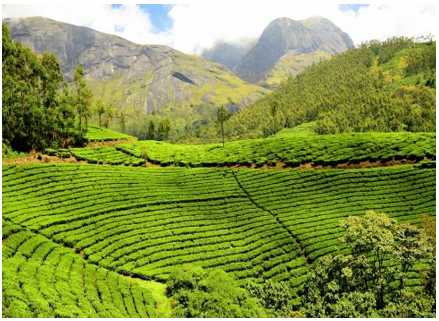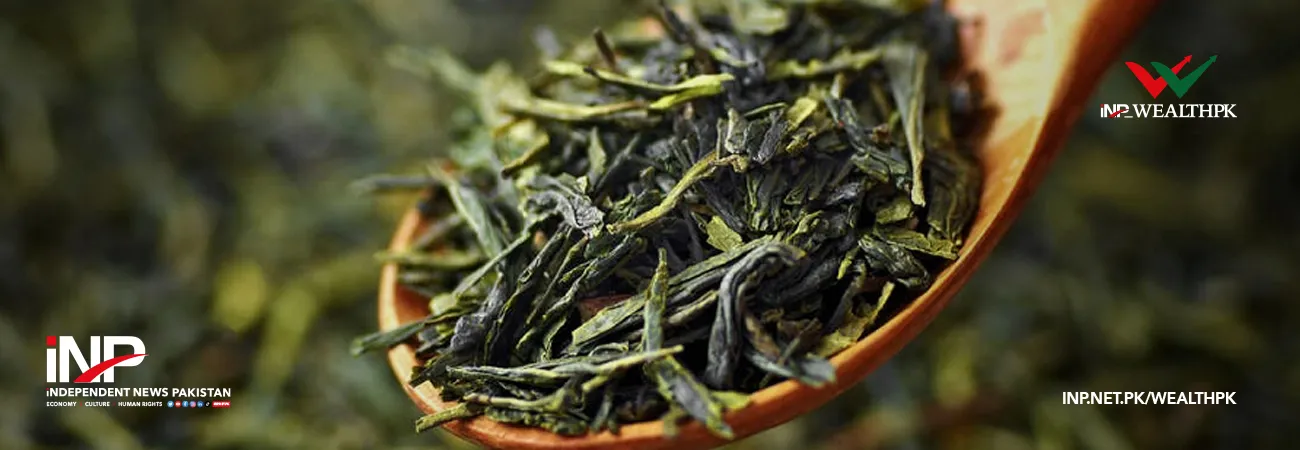INP-WealthPk
Azeem Ahmed Khan
Senior Research Economist, Pakistan Institute of Development Economics (PIDE) Dr. Usman Ahmad has urged the government to encourage private sector investment in tea cultivation and processing to cut the tea import bill and save up to $600 million annually.

“Pakistan was the world's largest tea importer in 2023, spending around $611 million, while tea was the 17th most imported item in the same year," he told WealthPK. Tea consumption in Pakistan has continued to rise. Between July 2020 and April 2021, the imports cost the country $533 million and that figure climbed to over $590 million in the Fiscal Year 2022.
According to the Pakistan Bureau of Statistics, Dr Usman said, Pakistan imported 161,823 metric tons of tea worth $391 million from July 2023 to January 2024, compared to 145,700 metric tons valued at $369 million during the same period the previous year. With domestic production falling far short of demand, Pakistan imports tea from 19 countries.
The bulk comes from Kenya ($513 million), followed by Rwanda $26.7 million, Uganda $23.7 million, Vietnam 14.7 million, and Tanzania $9.77 million. Black tea, in particular, has become a staple in Pakistani households. The Food and Agriculture Organization (FAO) estimates that the country’s black tea consumption will jump from the current 172,911 tons to 250,755 tons by 2027.
Dr. Usman emphasized that investing in local tea production could significantly cut the import bill. He pointed out that Pakistan has approximately 178,000 acres suitable for tea cultivation, including 158,000 acres in Khyber Pakhtunkhwa and 4,000 acres in Azad Jammu and Kashmir. “These regions could meet the domestic demand and potentially allow for exports,” he stressed.
According to the FAO data, Pakistan's tea production reached 6.3 million tonnes in 2020, up from 4.3 million tonnes in 2008, with tea planted on about 5 million hectares of land. Dr Usman said tea is a crucial cash crop that supports the rural livelihoods, combats poverty, and promotes food security, especially in developing and exporting countries.
Despite its potential, the tea sector in Pakistan faces several challenges, including outdated farming practices, limited research into new varieties, climate change, poor management, lack of value addition, and inadequate branding and financing options, he added. Tea cultivation depends heavily on specific climate conditions, such as annual rainfall between 1,000-1,500 millimetre and temperatures between 20-30 centigrade.
Ideal areas for tea cultivation include the hilly regions of Mansehra, parts of Swat in Khyber Pakhtunkhwa, and Azad Kashmir. To support local tea production, Dr. Usman has proposed a range of measures: interest-free and long-term loans for farmers, investments in modern technology, R&D, and improvements in tea plant varieties. He also highlighted the need for establishing nurseries - especially home-based ones to empower women - and tackling environmental challenges such as soil degradation and climate change.
Introducing scientific breeding techniques could improve both the quantity and quality of tea for domestic use and export, he suggested. He also recommended building small dams in hilly regions to store rainwater, conducting land surveys to identify suitable farming areas, and promoting public-private collaboration in nursery development and mechanized harvesting to reduce the labour costs. Dr Usman referenced a 1982 survey by Chinese experts, which identified over 64,000 hectares of land suitable for tea cultivation.
He also acknowledged the longstanding efforts of the National Tea and High Value Crops Research Institute (NTHRI) in Shinkiari, Mansehra. Operated under the Pakistan Agricultural Research Council, the institute began as the National Tea Research Station in 1986 and was upgraded to an institute in 1996. Later it was renamed as NTHRI, he added. From 1998 to 2006, about 870 hectares were brought under tea cultivation in Mansehra, Swat, and Battagram.
Globally, tea has been cultivated for thousands of years, originating in China before spreading worldwide, he said, adding that tea is grown across Asia, Africa, Latin America, Australia, and Europe today. Over the past decade, global tea consumption has increased by 3.3% annually, Dr Usman said. In 2022 alone, it rose by 2% from the previous year, driven by a growing demand. Eight countries account for 87% of global tea output, with China leading at around 40% of total production, he added.
Credit: INP-WealthPk













